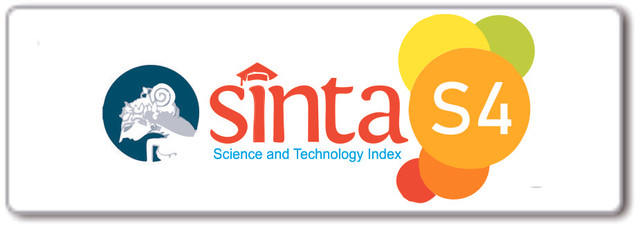Urbane Reality: Social Footprints of Teenagers and the Search for Solutions to Deviant Behavior at VHS 5 Padang
Abstract
This study aims to explore the factors that cause adolescent deviant behavior, forms of deviation that may occur, and efforts that can be made to overcome these problems. The title tries to present an interesting nuance by using words such as "Urban Reality" to highlight urban life and "Social Footprint of Adolescents" to show a focus on the social aspects of adolescent behavior. "Finding Solutions for Deviant Behavior" emphasizes that this study does not only highlight the problem but also seeks to find solutions to overcome adolescent deviant behavior. Data analysis was carried out qualitatively, using qualitative descriptive presentation techniques to describe in detail the findings found. The results of this study reveal that deviant behavior among adolescents in urban areas is increasingly a major concern. The existence of the phenomenon of drug abuse, gang brawls, drunken behavior and the tendency to smoke are increasingly disturbing forms of deviation. The study identified the motives that cause deviant behavior, including the influence of failed socialization processes, weak social control that creates a vacuum of control, and the practice of labeling or nicknames by society to certain individuals, which then triggers self-identification as deviant. The implications of these findings highlight the importance of the role of strong social control and community efforts in avoiding stigmatization that can exacerbate adolescent behavioral problems in urban areas: Vocational High School (VHS) 5 Padang.
























